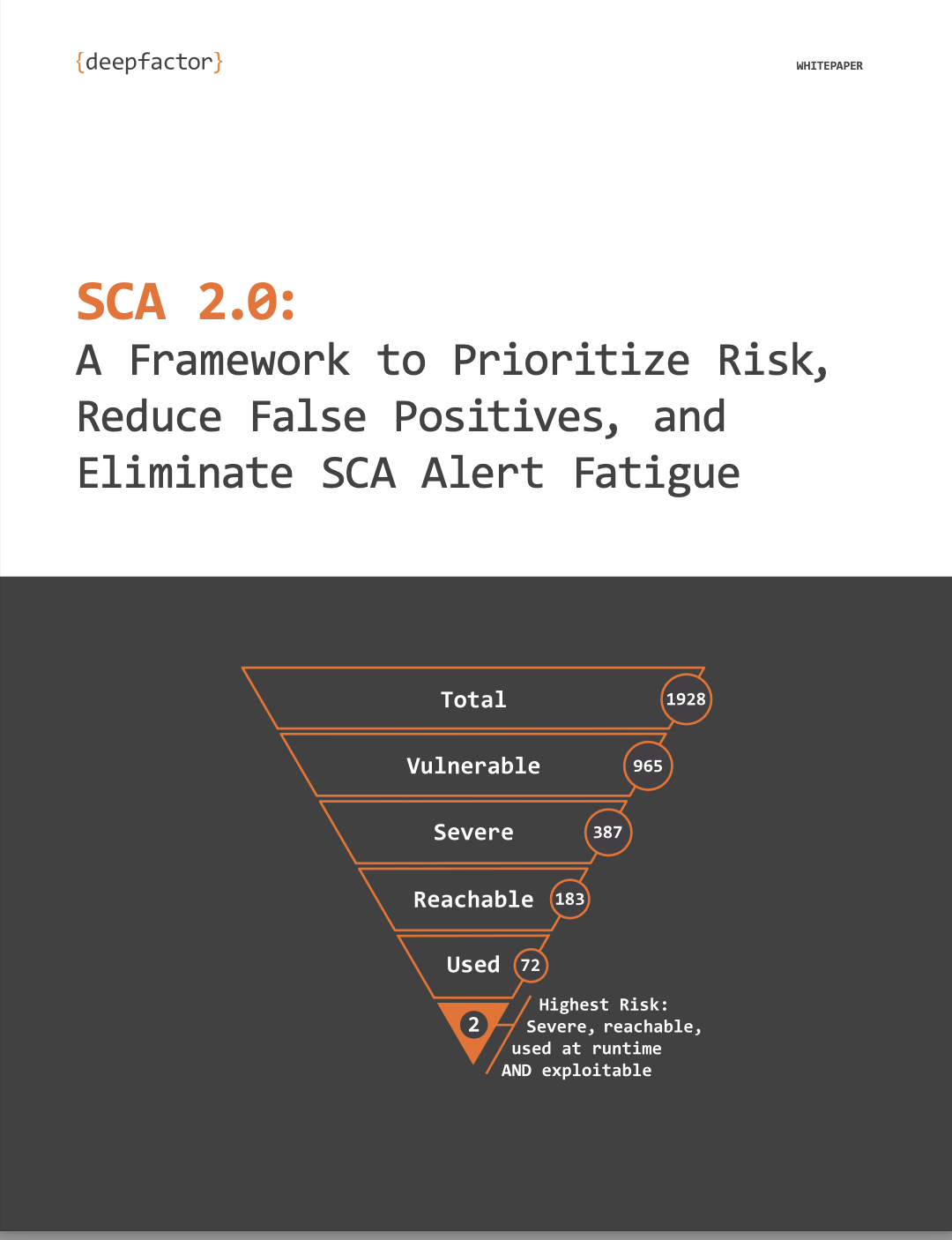What is a CI/CD Pipeline?
A CI/CD (Continuous Integration/Continuous Deployment) pipeline is a series of automated processes that enable developers to build, test, and deploy code efficiently and reliably. It’s set of practices that automate tasks within the software development lifecycle (SDLC), which is a structured process for building software. CI/CD can improve the efficiency, quality, and speed of the SDLC. This pipeline automates the integration and delivery of code changes, ensuring that new features and bug fixes can be quickly and safely deployed to production environments. In modern software development, CI/CD pipelines are essential for accelerating development cycles, improving code quality, and reducing manual intervention. By automating repetitive tasks, CI/CD pipelines allow development teams to focus on writing code and addressing complex issues, ultimately leading to faster delivery of high-quality software.
Components of a CI/CD Pipeline
Continuous Integration (CI)
CI involves automatically integrating code changes from multiple contributors into a shared repository. This process includes automated builds and tests to ensure that the code is always in a deployable state. CI helps catch bugs early in the development cycle (shifting left), reducing the cost and effort required to fix them.
Continuous Deployment (CD)
CD automates the deployment of code changes to production environments once they pass all tests and quality checks. This ensures that new features and updates are delivered to users quickly and consistently. Continuous deployment eliminates the need for manual deployment processes, reducing the risk of human error and improving deployment speed.
Continuous Delivery
Continuous delivery extends the principles of continuous integration by ensuring that code changes are automatically prepared for release. While similar to continuous deployment, continuous delivery allows for manual approval before deploying changes to production, providing a balance between automation and control.
Key Terms in CI/CD Pipeline
Build Automation
Build automation is the process of automatically compiling source code into executable artifacts. This includes running unit tests and packaging the application for deployment. Automated builds ensure consistency and repeatability, reducing the risk of build errors.
Automated Testing
Automated testing involves running tests automatically to validate code changes. This includes unit tests, integration tests, and end-to-end tests. Automated testing ensures that code changes do not introduce new bugs or break existing functionality.
Deployment Automation
Deployment automation is the process of automatically deploying code changes to various environments, such as staging and production. This involves using scripts and tools to manage the deployment process, ensuring consistency and reliability.
Infrastructure as Code (IaC)
IaC is a practice where infrastructure configurations are managed and provisioned through code, allowing for automated and consistent infrastructure setups. IaC tools like Terraform and Ansible enable teams to define infrastructure in version-controlled code, facilitating repeatable and reliable infrastructure deployments.
Benefits of CI/CD Pipeline
Faster Time to Market
CI/CD pipelines enable faster delivery of new features and updates by automating the build, test, and deployment processes. This reduces the time required to get code changes from development to production, helping organizations stay competitive and responsive to user needs.
Improved Code Quality
Automated testing and continuous integration ensure that code changes are thoroughly tested before being deployed. This helps catch bugs early and maintain high code quality, reducing the likelihood of issues in production.
Enhanced Collaboration
CI/CD pipelines facilitate collaboration among development teams by providing a shared, automated process for integrating and deploying code. This reduces conflicts and ensures that everyone is working with the latest codebase, improving overall team efficiency.
Reduced Manual Effort
Automating repetitive tasks, such as builds and deployments, reduces the need for manual intervention. This minimizes the risk of human error and frees up developers to focus on more complex and valuable tasks.
Challenges in CI/CD Pipeline Implementation
Complexity and Learning Curve
Implementing a CI/CD pipeline can be complex, requiring significant setup and configuration. Teams need to learn new tools and practices, which can be challenging and time-consuming.
Tool Integration
Integrating various tools for version control, build automation, testing, and deployment can be difficult. Ensuring that these tools work seamlessly together is crucial for a smooth CI/CD pipeline.
Maintaining Consistency
Ensuring that the CI/CD pipeline remains consistent and reliable over time can be challenging. Changes in tools, environments, and requirements may require continuous updates and maintenance of the pipeline.
Security and Compliance
Automating deployment processes introduces security and compliance considerations. Ensuring that automated processes do not expose vulnerabilities or violate regulatory requirements is critical for maintaining trust and compliance.
Best Practices for CI/CD Pipeline
Start Small and Iterate
Begin with a simple CI/CD pipeline and gradually add more automation and complexity as needed. This iterative approach allows teams to learn and adapt without being overwhelmed by the initial setup.
Use Version Control
Store all code, configurations, and scripts in version control repositories. This ensures that changes are tracked and can be reverted if necessary, providing a reliable history of the pipeline’s evolution.
Automate Testing
Implement comprehensive automated testing to catch bugs early and ensure code quality. This includes unit tests, integration tests, and end-to-end tests that run automatically during the CI process.
Monitor and Measure
Continuously monitor the performance of the CI/CD pipeline and collect metrics to identify bottlenecks and areas for improvement. Regularly reviewing these metrics helps optimize the pipeline and maintain high efficiency.
Secure the Pipeline
Implement security best practices to protect the CI/CD pipeline from threats. This includes securing access to tools, encrypting sensitive data, and ensuring that automated processes adhere to security policies.
Conclusion
In conclusion, a CI/CD pipeline is essential for modern software development, enabling faster delivery of high-quality code with reduced manual effort and enhanced collaboration. By implementing best practices, overcoming challenges, and continuously improving, organizations can maintain a robust and efficient CI/CD pipeline, ensuring their software development processes are both agile and secure. The dynamic nature of software development requires a well-structured and reliable CI/CD pipeline to respond promptly to market needs and user feedback. Organizations that prioritize their CI/CD pipeline can not only enhance their operational efficiency but also maintain a competitive edge in the industry. Investing in a robust CI/CD pipeline today can yield significant dividends in terms of quality, speed, and customer satisfaction tomorrow. Take action now by evaluating your current development processes, identifying areas for improvement, and implementing a CI/CD pipeline that fits your organization’s needs.
FAQs
What is the difference between Continuous Integration and Continuous Deployment?
Continuous Integration (CI) focuses on automatically integrating code changes and running tests to ensure code quality. Continuous Deployment (CD) extends this by automatically deploying code changes to production once they pass all tests, eliminating manual deployment steps.
What is Infrastructure as Code (IaC) and why is it important for CI/CD?
IaC involves managing and provisioning infrastructure through code, allowing for automated and consistent infrastructure setups. IaC is important for CI/CD because it ensures that infrastructure configurations are repeatable and version-controlled, facilitating reliable deployments.
How often should code be integrated in a CI/CD pipeline?
Code should be integrated frequently, ideally several times a day. Regular integration helps catch bugs early, reduces integration conflicts, and ensures that the codebase remains in a deployable state.
Can CI/CD pipelines guarantee bug-free software?
While CI/CD pipelines significantly improve code quality and reduce the likelihood of bugs, they cannot guarantee bug-free software. Continuous testing, monitoring, and improvement are necessary to maintain high-quality software.



